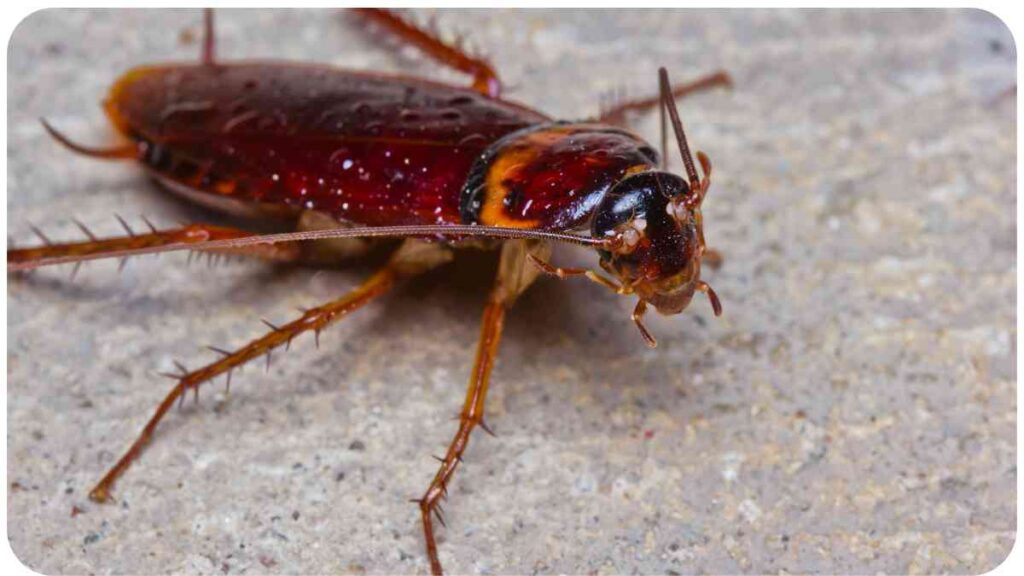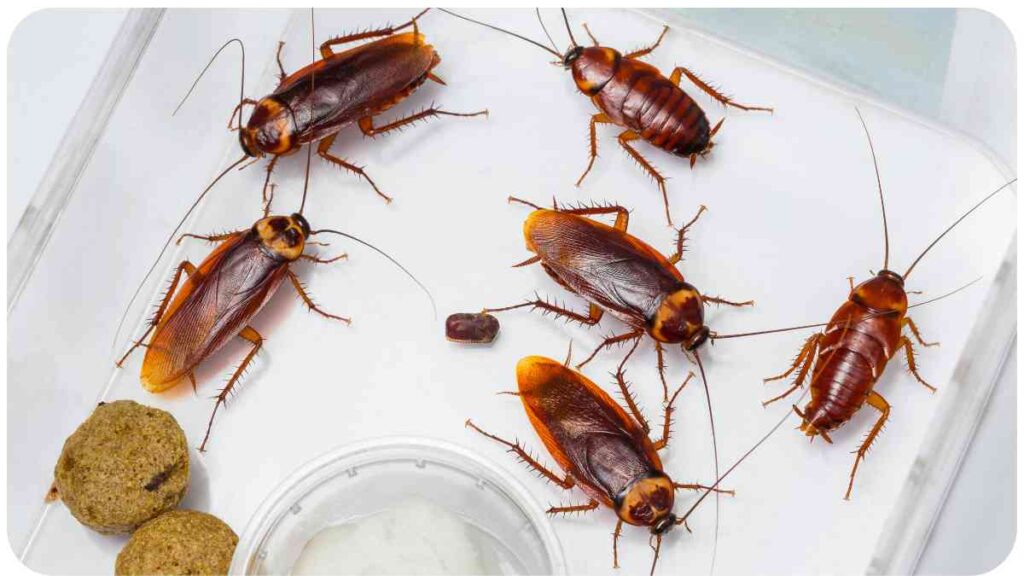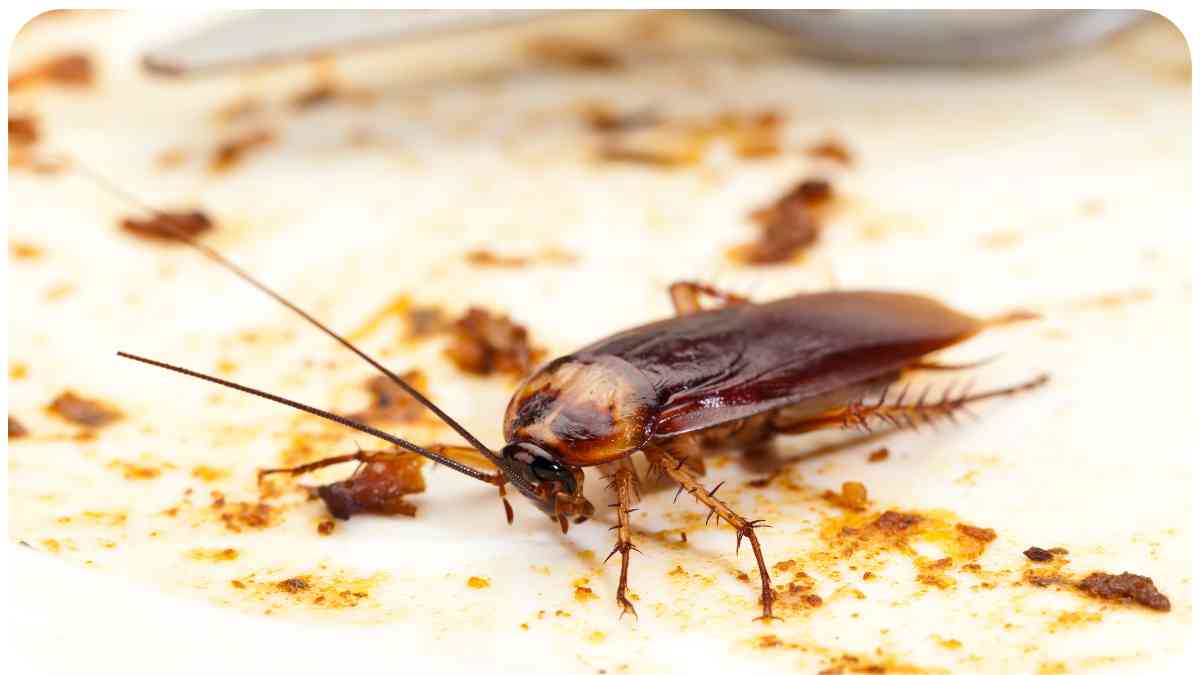Cockroach infestations can turn your peaceful home into a nightmare. These resilient pests are not just unpleasant to look at; they can also pose serious health risks. In this comprehensive guide, we’ll delve into the world of cockroach infestations, how to identify them, and most importantly, how to treat the source effectively. So, if you’re tired of sharing your space with these unwanted guests, read on.
| Takeaway |
|---|
| 1. Cockroach infestations can be effectively managed with a combination of knowledge, action, and persistence. |
| 2. Understanding cockroach behavior is crucial for effective identification and treatment. |
| 3. Early detection of signs and prompt action are essential to prevent infestations from escalating. |
| 4. DIY cockroach identification and treatment methods can work for minor infestations, but professional help may be necessary for severe cases. |
| 5. Choose the right treatment method based on the type of cockroach species and the extent of the infestation. |
| 6. Preventing future infestations is key; maintaining a clean environment and sealing entry points are vital steps. |
| 7. Be persistent and consistent in your efforts to ensure a cockroach-free home. |
2. Understanding Cockroach Behavior

Before we jump into identification and treatment, it’s crucial to understand cockroach behavior. These insects are nocturnal, which means they are most active at night. They are also highly adaptable, capable of thriving in various environments, from kitchens to sewers.
When dealing with pests, it’s crucial to know the early signs. The presence of cockroaches can be unsettling, but how to identify and treat cockroach infestations is an essential step towards maintaining a clean home.
3. Signs of a Cockroach Infestation
Table 1: Common Signs of Cockroach Infestation
| Sign | Description |
| 1. Fecal Droppings | Small, dark, and cylindrical droppings. |
| 2. Musty Odor | A pungent, unpleasant smell in infested areas. |
| 3. Shed Skins | Discarded exoskeletons near hiding spots. |
| 4. Egg Casings | Small, oval-shaped cases containing cockroach eggs. |
4. Identifying the Source
Cockroaches are resourceful when it comes to finding hiding spots. To effectively treat the source, you must first identify where these pests are coming from.
Cockroaches aren’t just unpleasant to look at; they can also pose health risks. Getting educated on how to treat a cockroach bite is vital for those unexpected encounters with these unwelcome guests.
Table 2: Cockroach Species and Habitats
| Cockroach Species | Common Habitats |
| 1. German Cockroach | Kitchens, bathrooms, and appliances. |
| 2. American Cockroach | Basements, sewers, and damp areas. |
| 3. Oriental Cockroach | Dark, damp spaces like basements and drains. |
| 4. Brown-Banded Cockroach | Warm, dry areas like bedrooms and closets. |
5. Why You Need to Act Quickly
Cockroach infestations are not to be taken lightly. They reproduce rapidly, and a small problem can quickly turn into a full-blown infestation. Acting swiftly is essential to prevent further complications.
6. DIY Cockroach Identification
Table 3: DIY Cockroach Identification Guide
| Step | Description |
| 1. Observe Movement | Watch for quick, darting movements at night. |
| 2. Inspect Hiding Spots | Check common hiding places for signs. |
| 3. Look for Droppings | Examine for small, dark fecal matter. |
| 4. Set Traps | Use sticky traps to confirm their presence. |
7. Seeking Professional Help
While DIY methods can be effective for small infestations, sometimes it’s best to call in the professionals. Pest control experts have the knowledge and tools to handle even the most stubborn cockroach problems.
It’s not just about removing pests but preventing their return. To ensure that cockroaches don’t make their way back into your home, learning how to keep cockroaches out of your house can offer invaluable insight and effective strategies.
8. Treating the Source
Once you’ve identified the source, it’s time to take action. There are various methods available to eradicate cockroach infestations, but it’s crucial to choose the one that suits your situation.
Table 4: Treatment Options for Cockroach Infestations
| Treatment Method | Description |
| 1. Insecticides | Chemical sprays and baits to kill cockroaches. |
| 2. Bait Stations | Lures and traps that attract and kill cockroaches. |
| 3. Boric Acid | Natural powder that dehydrates and kills roaches. |
| 4. Exclusion | Sealing entry points to prevent their return. |
9. Preventing Future Infestations
After successfully treating the source, you’ll want to ensure these pesky critters don’t return. Prevention is the key to long-term cockroach control.
10. Personal Experience: Battling Cockroaches

As someone who has faced the frustrations of a cockroach infestation, I understand how challenging it can be. It’s not just about eliminating them; it’s about regaining your peace of mind.
Stay tuned for more insights and personal anecdotes as we continue to explore effective cockroach control.
11. Expert Tips for Effective Cockroach Control
Table 5: Tips for Cockroach Prevention
| Tip | Description |
| 1. Keep it Clean | Maintain a clean and clutter-free home. |
| 2. Fix Leaks and Cracks | Seal any entry points and eliminate moisture. |
| 3. Store Food Properly | Store food in airtight containers to deter roaches. |
| 4. Regular Inspections | Conduct routine checks for signs of infestation. |
| 5. Professional Help | Don’t hesitate to call pest control when needed. |
12. Success Stories: Cockroach-Free Homes
Many have successfully rid their homes of cockroaches. These stories of triumph over infestations can provide hope and motivation for those currently dealing with the problem.
13. The Importance of Persistence
Cockroach control isn’t always a one-time fix. These resilient pests can return if you let your guard down. Consistency and vigilance are key to maintaining a cockroach-free environment.
Unnoticed nests can exacerbate infestations. If you’re trying to eradicate a cockroach problem, it’s beneficial to find out where cockroaches nest so you can target the root of the problem.
14. Conclusion
In conclusion, dealing with a cockroach infestation requires a combination of knowledge, action, and persistence. By understanding their behavior, identifying the source, and choosing the right treatment method, you can regain control of your home. Don’t forget the importance of prevention to ensure they don’t come back.
Remember, you’re not alone in this battle, and success stories from others who have faced similar challenges can be a source of inspiration. With the right approach and a little determination, you can enjoy a cockroach-free home once again. Good luck!
Pests can be more resilient than we give them credit for. If traditional methods aren’t effective, it might be time to discover alternative ways to eliminate cockroaches from your living spaces.
Further Reading
The Family Handyman – Cockroach Infestations
This comprehensive guide provides insights into dealing with cockroach infestations, offering practical tips and solutions.
Pest Africa – How to Treat Cockroach Infestation
Learn effective methods for treating and preventing cockroach infestations from this resource.
Rentokil – 7 Ways to Deal with Cockroach Infestation
Discover quick tips and strategies for dealing with cockroach infestations in this informative article.
FAQs
What are the common signs of a cockroach infestation?
Common signs include fecal droppings, a musty odor, shed skins, and egg casings.
How can I identify different species of cockroaches?
You can identify species by examining their habitats; for example, German cockroaches are often found in kitchens, while American cockroaches prefer damp areas like basements.
Are DIY treatments effective against cockroach infestations?
DIY methods can be effective for small infestations, but severe infestations may require professional intervention.
What are the treatment options for cockroach infestations?
Treatment options include insecticides, bait stations, boric acid, and exclusion measures to prevent their return.
How can I prevent future cockroach infestations?
To prevent future infestations, maintain cleanliness, fix leaks and cracks, store food properly, conduct regular inspections, and seek professional help when needed.

Hello! I’m Hellen James, and I write about how to keep pests from invading your home. For the last 10 years, I’ve been working in pest control and am excited to share my expertise with you!


